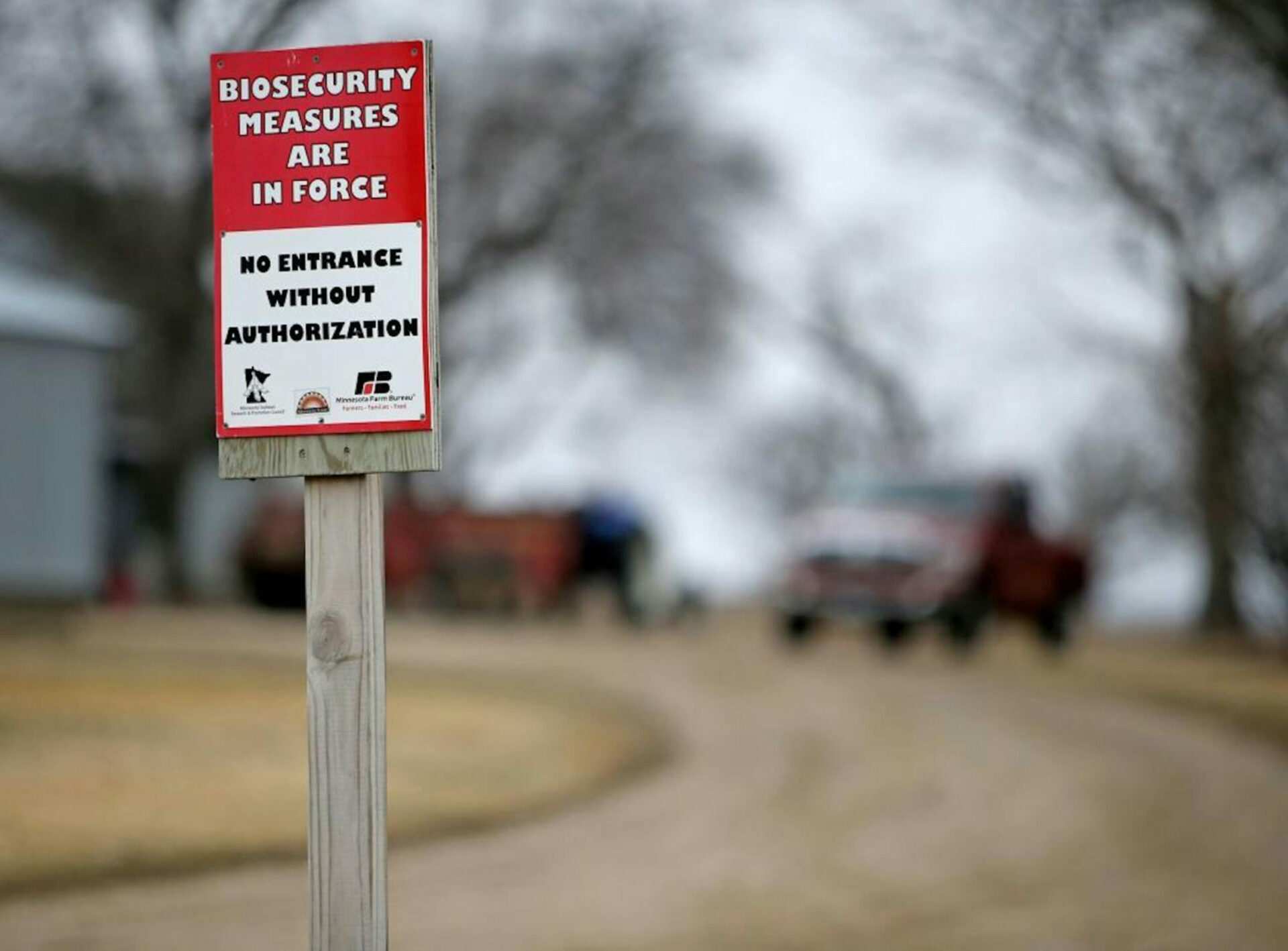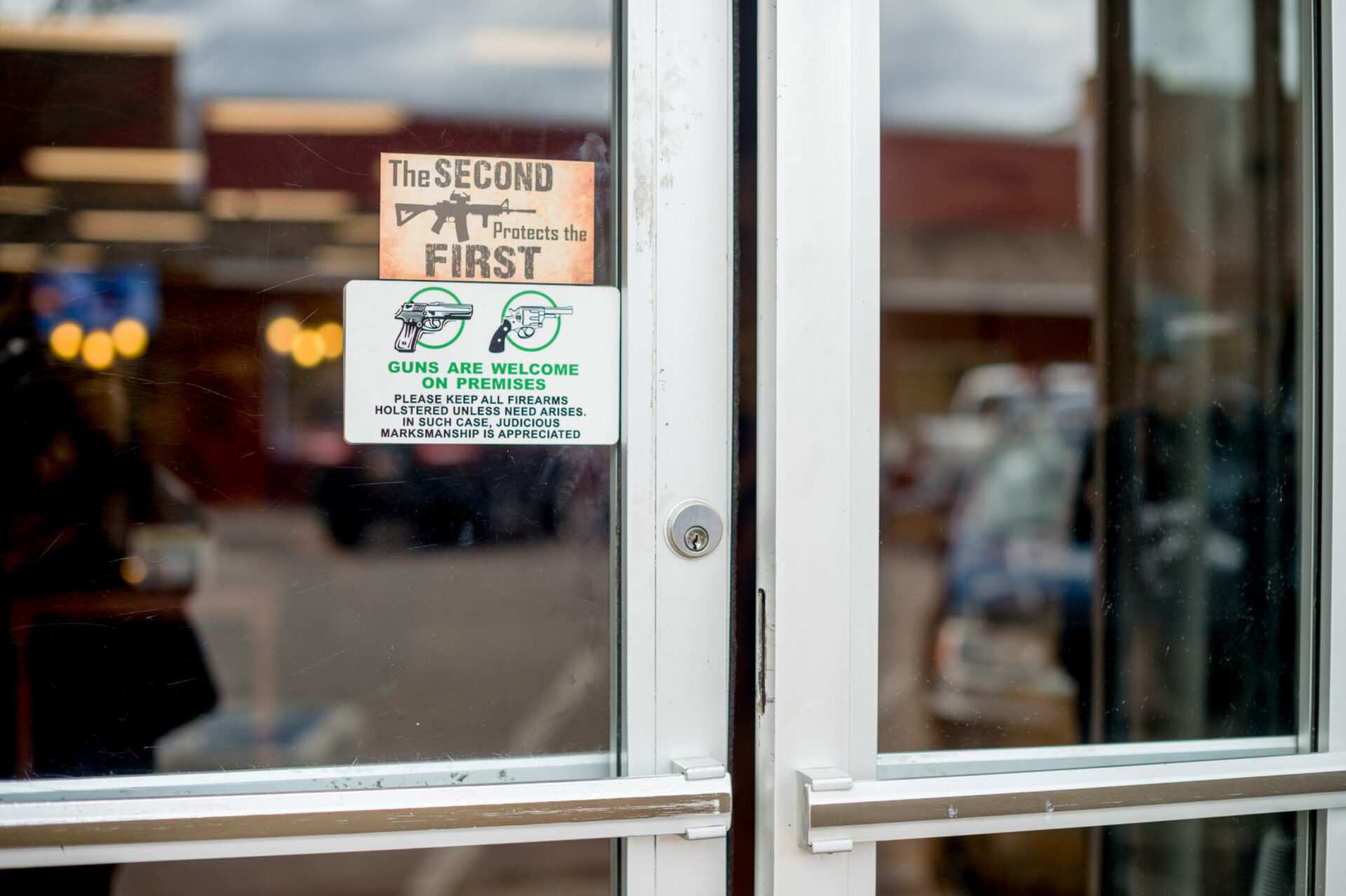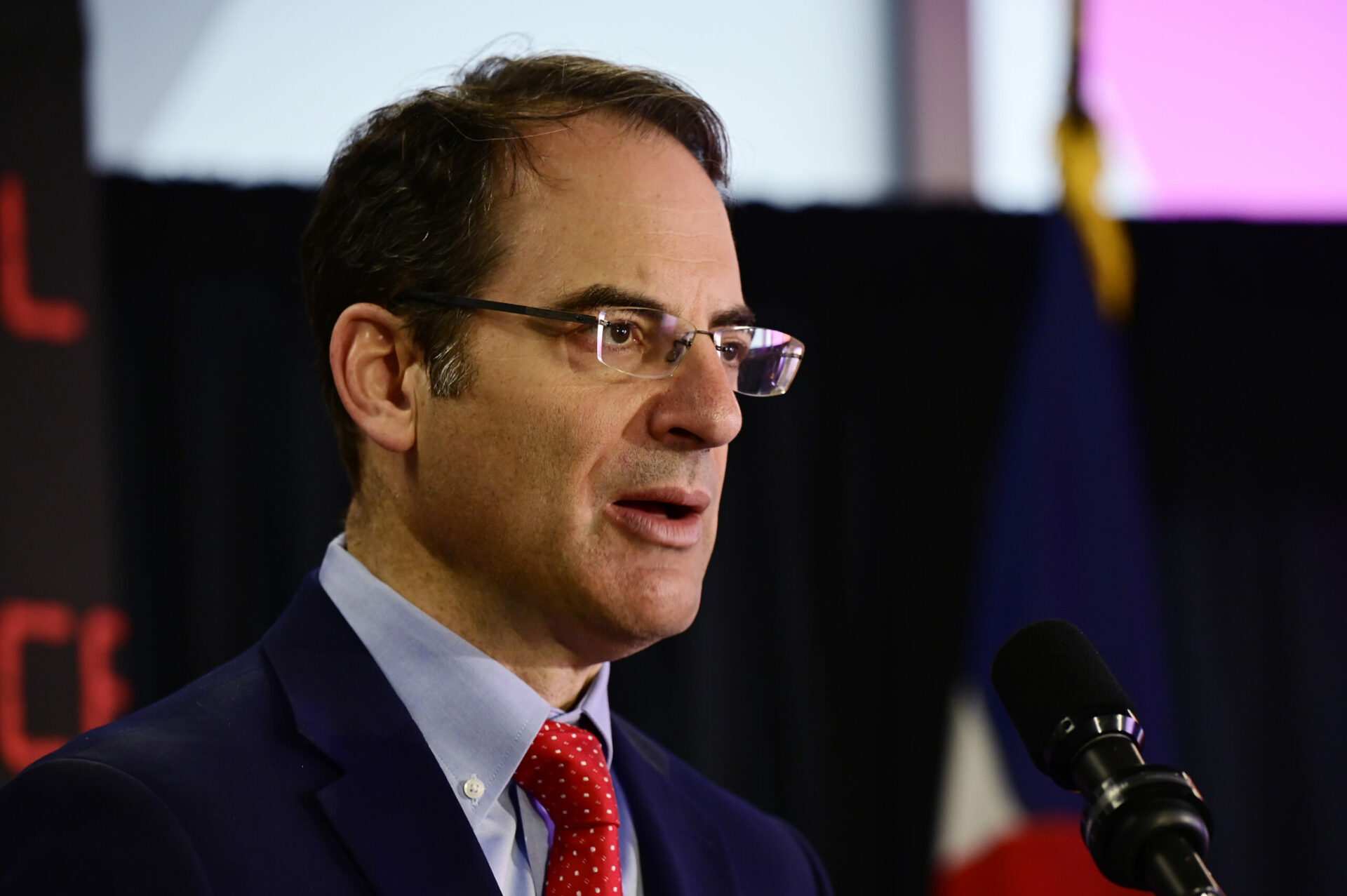
After large drops during the pandemic, life expectancy in the United States should recover to 2019 levels this year nationally and in 26 states — but not as fast as it should compared with similar countries, according to a new study.
Bad habits such as junk food, smoking and illicit drug use are preventing longer lifespans even as technology brings major progress in diseases such as cancer and heart disease, according to a new study by the Institute for Health Metrics and Evaluation at the University of Washington.
By 2050, U.S. life expectancy is projected to increase from 79.1 years to 80.4 years for babies born in that year, a modest improvement that would drop the United States behind nearly all other high-income countries, according to the study.
Poverty and inadequate health insurance are slowing progress in some states. Wealthier, more urban and better-educated states are doing better and are more likely to adopt policies that save lives, from curbing gun access to offering income supports for young mothers. Nine of the 10 states (all but North Dakota) with the longest life expectancies for babies born this year are dominated by Democrats, and all 10 have expanded Medicaid under the Affordable Care Act. All 10 states with the shortest life expectancies are controlled by Republicans (though Kentucky has a Democratic governor), and they include five of the 10 states that have not expanded Medicaid.
A Stateline analysis of data from the study shows how some states have risen, and some have tumbled, in terms of life expectancy.
In 1990, for example, New York and West Virginia were nearly tied at Nos. 39 and 41 among states’ life expectancy rankings. But the two have since taken sharply different paths — New York rose to No. 3 in 2024 and is projected to have the longest life expectancy of any state by 2050, passing Hawaii and Massachusetts.
West Virginia outranks only Mississippi in 2024 and is projected to be last among states in 2050.
New York has benefited from good health care availability in New York City hospitals as well as state policies such as strict gun laws that have curbed suicides, and harm reduction policies to curb overdose deaths with supervised use sites and other controversial programs, said Brett Harris, president of the New York State Public Health Association and an associate professor in the University of Albany’s Department of Health Policy.
Harris said she’s not surprised that New York state, despite its ascent in life expectancy among states, would still drop from No. 33 to No. 41 by 2050 if ranked as a nation, according to the analysis.
“I think part of that is how individualistic we are in this country, the idea of always trying to get ahead, versus more of a community-based environment in other countries,” Harris said. “Their social policies tend to be better for health outcomes. If you live in more of a family environment versus an individualistic environment, that builds in more support.”
West Virginia’s sparse population and rural poverty make it harder to get health care. It’s also hard to get past community and political skepticism about health measures, said Brian Huggins, health officer for Monongalia County, West Virginia. Huggins has worked with other county health officials to advocate for stricter anti-smoking laws and to maintain school vaccination mandates in the face of opposition.
“It hurts to see West Virginia ranked at the bottom. We’re a proud state,” said Huggins, adding that life expectancy there also is hampered by lack of economic opportunity that drives young, healthy residents to move away. A plethora of concerns include a lack of sidewalks that make healthy walking more hazardous, and a dietary culture that does not include vegetables; both promote obesity.
Huggins also has seen conditions abroad. While stationed in Germany for the U.S. Army, he saw generous health provisions for Germans, such as two-week retreats with massages and sauna baths for those feeling stressed or burned out at work.
“Their goal in Germany is they want you back at work. Prevention and keeping a healthy workforce are their priority because that contributes to the economy,” said Huggins. “On the other hand, they have built a tax system to support this. You pay like an 18% tax on everything you buy there — that would not be something Americans would necessarily accept.” Germany’s valued-added tax, now 19%, applies to most goods and services.
Life expectancy dropped two years in a row during the COVID-19 pandemic, including a national drop of more than 1.8 years between 2019 and 2020, from 79.1 to 77.3 years. Recovery will not be complete until this year, according to the projections, with slow progress predicted until 2050 — when the national life expectancy will be about 80.4 years.
Some of the states that recovered fastest from the pandemic were North Dakota, Rhode Island and Massachusetts, where life expectancy gained about a year between 2019 and 2024. Twenty-four states still haven’t regained their 2019 life expectancy.
The District of Columbia, which is not a state, had a lower life expectancy than all 50 states in 1990, but this year it ranks 23. Ali Mokdad, an author of the study and the chief strategy officer for population health at the University of Washington, said D.C.’s improvement is at least partly due to an influx of more affluent and well-educated people since 1990.
Most states that were in the top 10 in 1990 have fallen out: Colorado (from No. 7 to 11), Iowa (from No. 4 to 17), Kansas (from No. 8 to 36), Nebraska (from No. 9 to 19), South Dakota (from No. 10 to 21) and Utah (falling from No. 2 to 12).
Those new to the top 10 in 2024 compared with 1990 are: Massachusetts (from No. 13 to 2), New York (as mentioned from No. 39 to 3), California (from No. 24 to 4), New Jersey (from No. 26 to 6), Rhode Island (from No. 19 to 8), and Washington state (from No. 14 to 10).
Urban concentrations of people are important to long life because of the availability of top-flight care, said Mokdad.
“I’m very close to the hospital [in Seattle] and I have health insurance. But is that true for everyone in Washington state? You might live two or three hours from Seattle, so even for people of my income and education level it’s not the same,” Mokdad said.
Quality care and insurance also are important, Mokdad said, to ensure that problems such as obesity and high blood pressure are noted and controlled.
“You see obesity in many areas, especially the Southern states, has increased tremendously and while smoking has dropped in rich areas, it has stuck around in other communities. This is explaining many of these [state differences] — what we call preventable risk factors,” Mokdad said.
“There’s an increase in life expectancy but a lot of people are still left behind,” Mokdad said.
Even in urban areas, racial minority groups and women can find themselves in impoverished circumstances that can cut short both their lives and their children’s lives. One report in the same Lancet issue this month focused on a program in majority-Black Flint, Michigan, where doctors prescribe money for women from late pregnancy through the first year of a child’s life.
The program, launched this year, is the first nationally to mimic some in 140 other nations that offer cash subsidies for child health, according to the article. The success of similar, temporary child tax credits early in the pandemic has prompted other states to adopt or expand their own tax credits for young mothers.
“We increasingly know that what happens in early childhood can impact life expectancy,” said Dr. Mona Hanna, a Flint pediatrician who founded the program, called Rx Kids. It relies on state help, in the form of permission to use federal funds, as well as private donations.
Michigan included $20 million in its state budget for next year to expand the program to other cities as well as to mostly white, rural counties in the state’s Upper Peninsula. The program grants $1,500 to expectant mothers plus $500 a month for the first year of the baby’s life.
“This is a concrete solution to conquer these place-based disparities and inequities,” Hanna said. “The stress of being born into poverty can lead to things like prematurity and low birth weight. Moms are more likely to have stress and maybe smoke. I see it every day. Families can’t make it to the doctor because they don’t have transportation. They have trouble eating healthy food because it’s too expensive.”
Rural areas in West Virginia could benefit from similar programs to address the state’s issues with poverty, aging and reliance on declining industries like coal, said Darren Liu, a health policy professor at the School of Public Health at West Virginia University.
To get more access to care for rural residents, the state should expand telemedicine, deploy more mobile clinics and offer student loan forgiveness for health care workers in rural areas, Liu told Stateline in an email.
Huggins, the county health officer in West Virginia, said money is a problem despite new federal guidelines that mandate many health screenings at no cost for insured patients. Often low-income patients get screenings but can’t afford to treat disabling conditions such as the knee and back pain they get from manual labor jobs.
“Because of the barriers that insurance companies put up, because they have to be profitable, I think that’s another reason why West Virginia is ranking low,” Huggins said. “That’s a barrier that we have to try to figure out. Almost any insurance now has well over a $1,000 deductible.”
___
© 2024 States Newsroom
Distributed by Tribune Content Agency, LLC.








